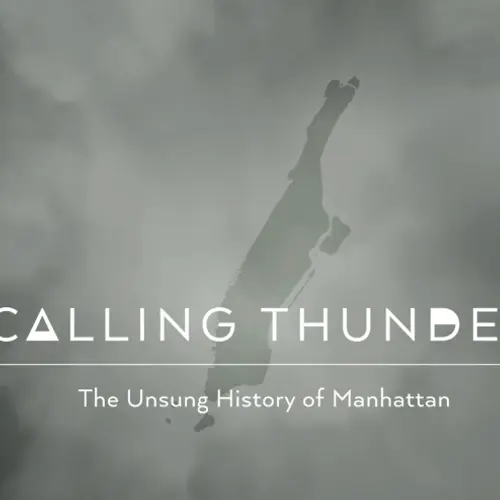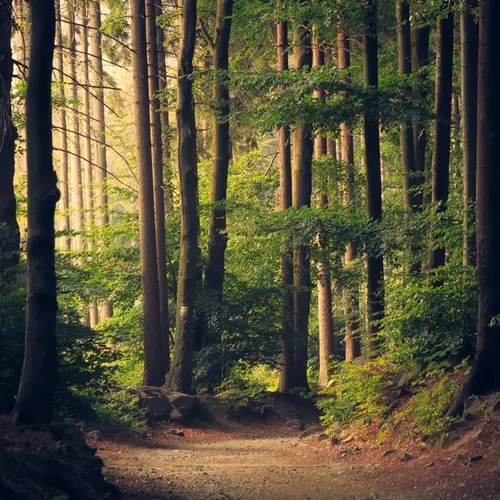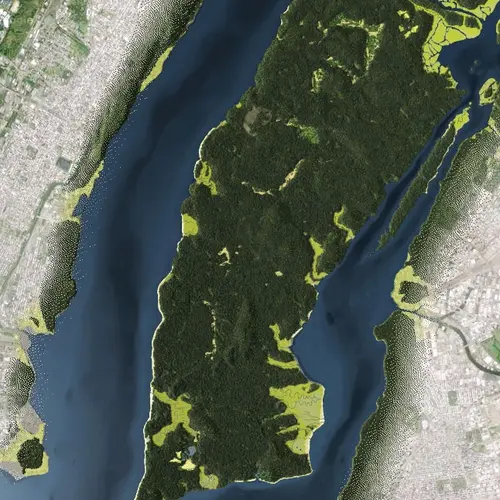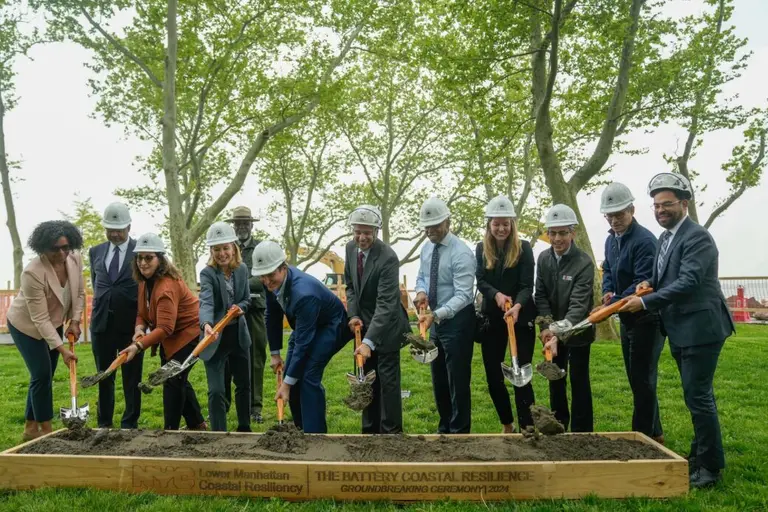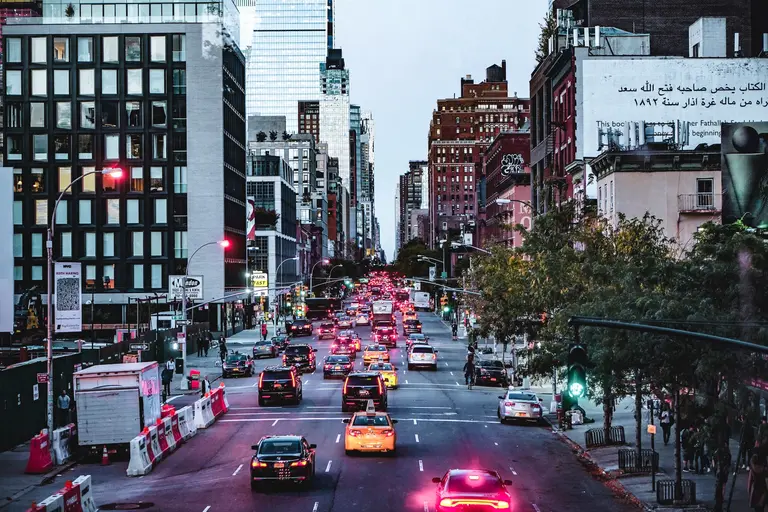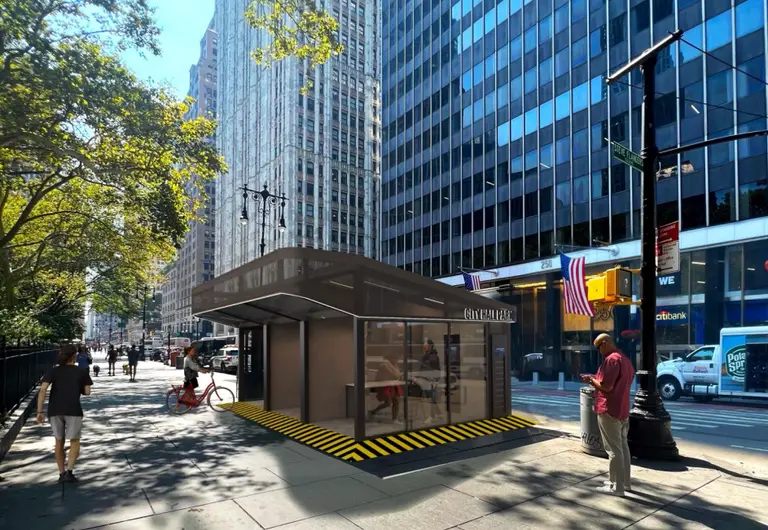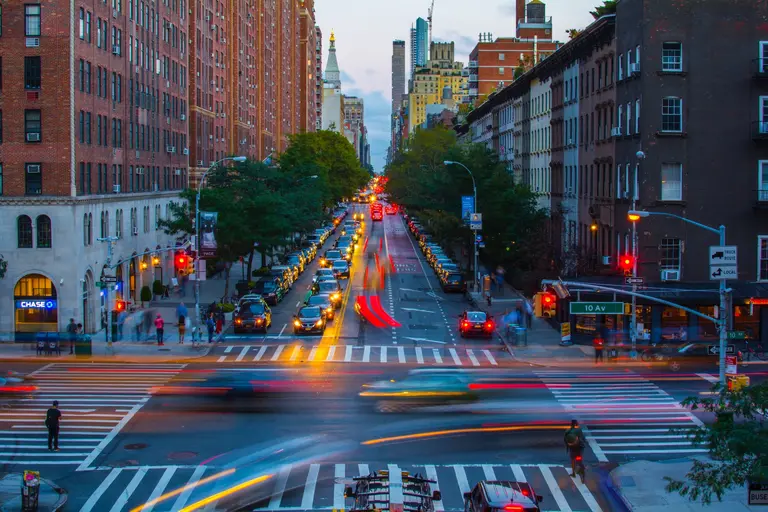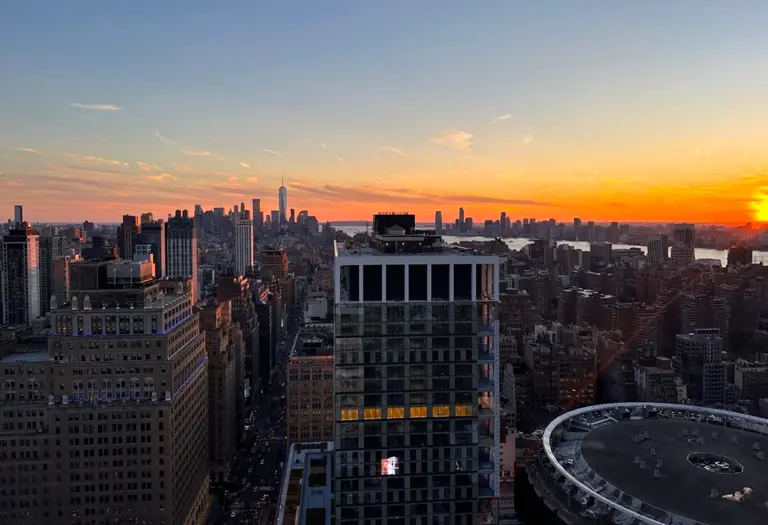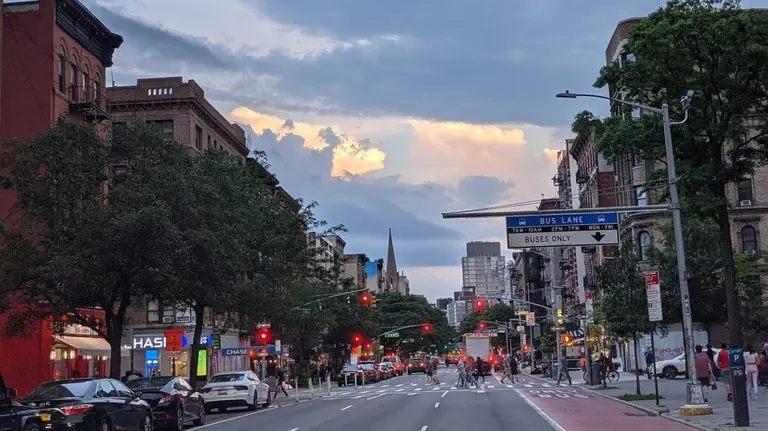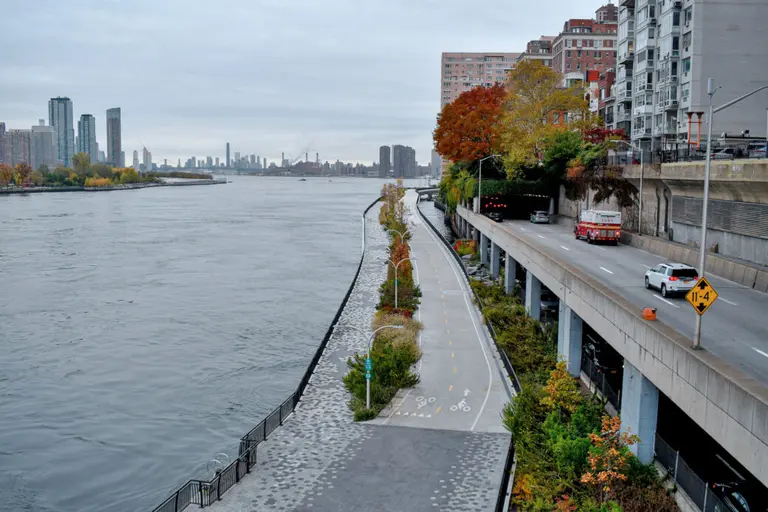Hear the natural sounds that made up life in 17th century Manhattan (interactive)
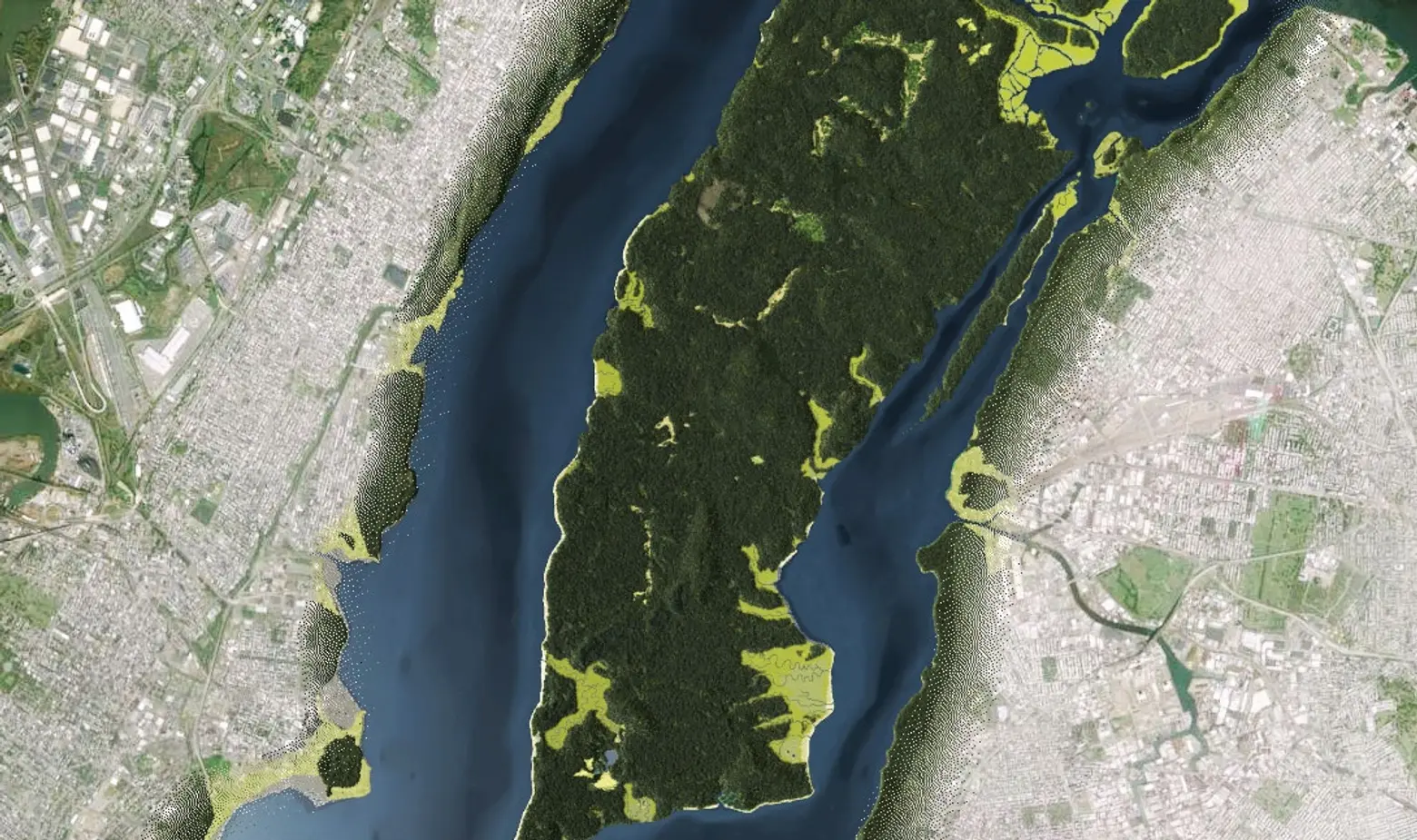
For most modern New Yorkers, it’s hard to imagine the city being anything more than a crowded, noisy, concrete jungle. However, with the website Unsung.NYC, users can now explore the natural sounds of Manhattan, present during the 1600s before European settlers arrived. As the Times reports, “Calling Thunder” lets listeners hear all the chirps, croaks, and laps of waves, all of which coincide with images from four main points in Manhattan—the Collect Pond Park, the High Line, the American Museum of Natural History, and the Inwood Hill Park.
Unsung.NYC uses immersive soundscapes, audio recording, 360-degree video, and, coming soon, virtual reality
Prior to European settlement, Manhattan was called Mannahatta by the native Lenape people, meaning “the island of many hills.” According to Eric Sanderson of the Wildlife Conservation, the natural life of NYC was so vibrant before Europeans arrived, it would have become “the crowning glory of American national parks.” Through Unsung.NYC, photographs and sounds are compared with today’s urban setting. Images show us hills and streams that now have skyscrapers and subways in their place at the same city points.
Once a five-acre, spring-fed basin that measured 60-feet deep, Collect Pond Park since has had its forests cleared, hills flattened and its basin drained. Now, just a small public square remains in the middle of government buildings in Lower Manhattan. Users will be able to see a sketch of what the forest used to be, with a backdrop of sounds from a pileated woodpecker, a red-tailed hawk, and a black-capped chickadee. One can also experience the lapping water sounds along the High Line during the 17th-century, before landfill.
“Calling Thunder” builds on Sanderson’s work, a book titled Mannahatta, which combines beautiful images, scholarly work, and imagination. The book describes 17th-century Manhattan as having more ecological communities per acre than Yellowstone, and still more than most rainforests or coral reefs. A former sound engineer with NPR, Bill McQuay, and a graduate student at the School of Visual Arts, David Al-Ibrahim, collaborated to create the soundscapes. McQuay compared the website’s way of turning contemporary scenes into sketches of what they might have been like in 1609 to a coloring book.
“The sound is the color that we are trying to get the listener to put within that outlined environment,” McQuay told the Times. “We don’t view the world in 360 degrees, but we hear the world in 360. We hear sound all around us. That’s the way we’re wired.”
Sanderson’s work led to an online mapping project called Welikia, which means “my good home” in Lenape. The website provides an interactive way to explore the city’s historic ecology through satellite. Sanderson hopes to eventually map the entire city. “Calling Thunder” is just the first chapter in a series of immersive explorations into the natural history of New York.
[Via NY Times]
RELATED:

